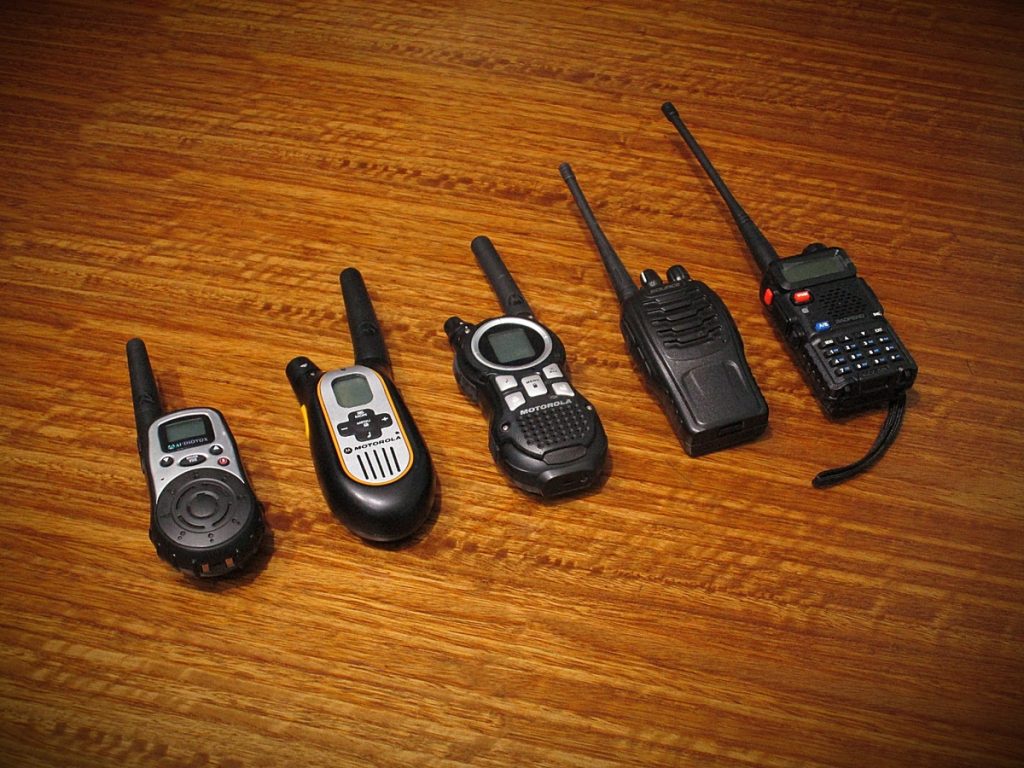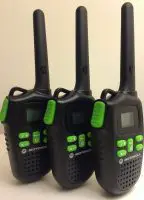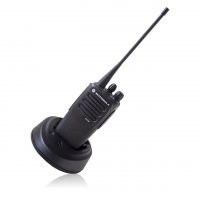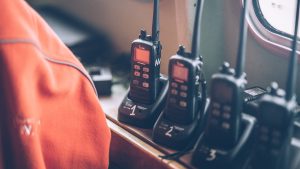Are you having trouble charging your walkie-talkie? Don’t worry, you’re not alone! Many people have a hard time getting their walkie-talkies to charge properly. Fortunately, there are a few steps you can take to troubleshoot the issue and get your device up and running again. Let’s take a closer look at some of the most common reasons why your walkie-talkie might not be charging and how to get it to work.
Table of Contents
Reasons Why A Walkie-Talkie Battery Won’t Charge
The most common reason a Motorola walkie-talkie might not be charging is damaged batteries or faulty connections. If you’re using rechargeable batteries, they may have been overcharged or just worn out from too much use. In this case, you’ll need to replace them with new ones.
On the other hand, if the connections between your walkie-talkie and its battery are loose or broken, then it won’t charge properly either. In this case, you’ll need to make sure all of your connections are secure before charging the device again.
How To Fix It
If your walkie-talkies aren’t charging correctly due to a battery issue, replacing them with new ones should do the trick! Make sure that you buy batteries that are compatible with your model of walkies for the best results.
If there’s an issue with the connections between your device and its battery, however, make sure that everything is securely connected before attempting to charge again. If these steps don’t work, then consider seeking professional help from an electronics repair shop.
It could be something simple like a loose connection that needs tightening or something more complex like a broken circuit board that needs replacing. Either way, they should be able to figure out what the problem is and find a solution quickly.
Other Common Walk-Talkie Problems and How To Solve Them
Range
Dealing with walkie-talkie range issues can be quite frustrating, especially when you’re relying on them for communication in a remote area or an outdoor spot. A limited range may be due to various factors, such as environmental conditions, interference from other electronic devices, and physical obstacles like dense vegetation or structures. Fortunately, there are a few ways to overcome these challenges and boost your walkie-talkie’s range effectively.
Firstly, ensure that you’re using the device on the appropriate frequency; it’s essential to be aware that VHF works better in open terrains, whereas UHF is more suitable for built-up environments. Additionally, upgrading your antenna to a high-quality or high-gain version can immensely improve signal strength.
Finally, using a repeater station or accessing a nearby hill or elevated area during transmission can amplify the signal and make the connection more stable. By understanding and addressing the main causes of walkie-talkie range problems, you can confidently rely on these trusty devices for efficient communication in various situations.
Interference
Walkie-talkie interference can often present challenges, especially when handling critical communication tasks in various environments. These interruptions can emanate from both external and internal sources, making it difficult for users to exchange clear messages.
However, overcoming such issues is achievable through a combination of preemptive measures and technical solutions. Users can start by selecting the appropriate frequency band and power output, which can significantly reduce the risk of interference from other electronic devices.

Additionally, investing in higher-quality walkie-talkies with advanced features, such as CTCSS or DCS codes, can effectively filter out unwanted signals, allowing for clear and uninterrupted communication. Moreover, users can also benefit from regularly updating their equipment, optimizing antenna placement, and being mindful of the surroundings during communication in order to further minimize potential interference.
By actively addressing these potential problems, individuals and organizations can greatly enhance their communication capabilities using walkie-talkies.
Walkie-Talkies Only Working One Way
Picture this: you and your friends are out on an adventurous excursion, relying on your trusty walkie-talkies to communicate, when suddenly you realize your walkie-talkies only working one way! Frustrating, right? Fret not because we have the solution to this troublesome situation.
First, ensure both devices are set to the same frequency, and then verify their volume controls. If the problem persists, inspect the antennas for any damage and clean the speaker grilles using a microfiber cloth. On the off chance these steps fail to restore your two-way communication, try replacing the battery in the non-responsive walkie-talkie.
And, if all else fails, don’t hesitate to consult the user manual or contact the manufacturer for expert assistance in getting your essential gear back in order. With these tips, you’ll be conquering the great outdoors once again with a fully functioning walkie-talkie, ready to take on any adventure that comes your way.
Static
There’s nothing quite as frustrating as trying to communicate through a walkie-talkie, only to have your conversation constantly interrupted by static noise. This common problem is not only annoying, but it can also hinder vital communication when you need it the most.
Fortunately, there are solutions to help mitigate walkie-talkie static issues. One solution includes checking the sensitivity settings on your device, as sometimes adjusting it to a lower level can help reduce unwanted noise. Additionally, ensuring that you’re using a fresh set of batteries can significantly improve your device’s signal strength, as charged batteries are known to cause interference.
Conclusion
Troubleshooting why your walkie-talkies aren’t charging can be frustrating, but luckily there are several things that you can do in order to get them working again! The first step is always checking the connector points between your charger and device–make sure they are secure before attempting anything else!
Then check the battery level–if it’s been drained for too long, then try letting it sit plugged in for 10-15 minutes before turning it on manually so that it recognizes its power source! Finally, make sure that you’re using the correct type of power adapter, as this could also be causing problems with charging! With these steps in mind, hopefully, you’ll soon get back on track with no more charging issues!





